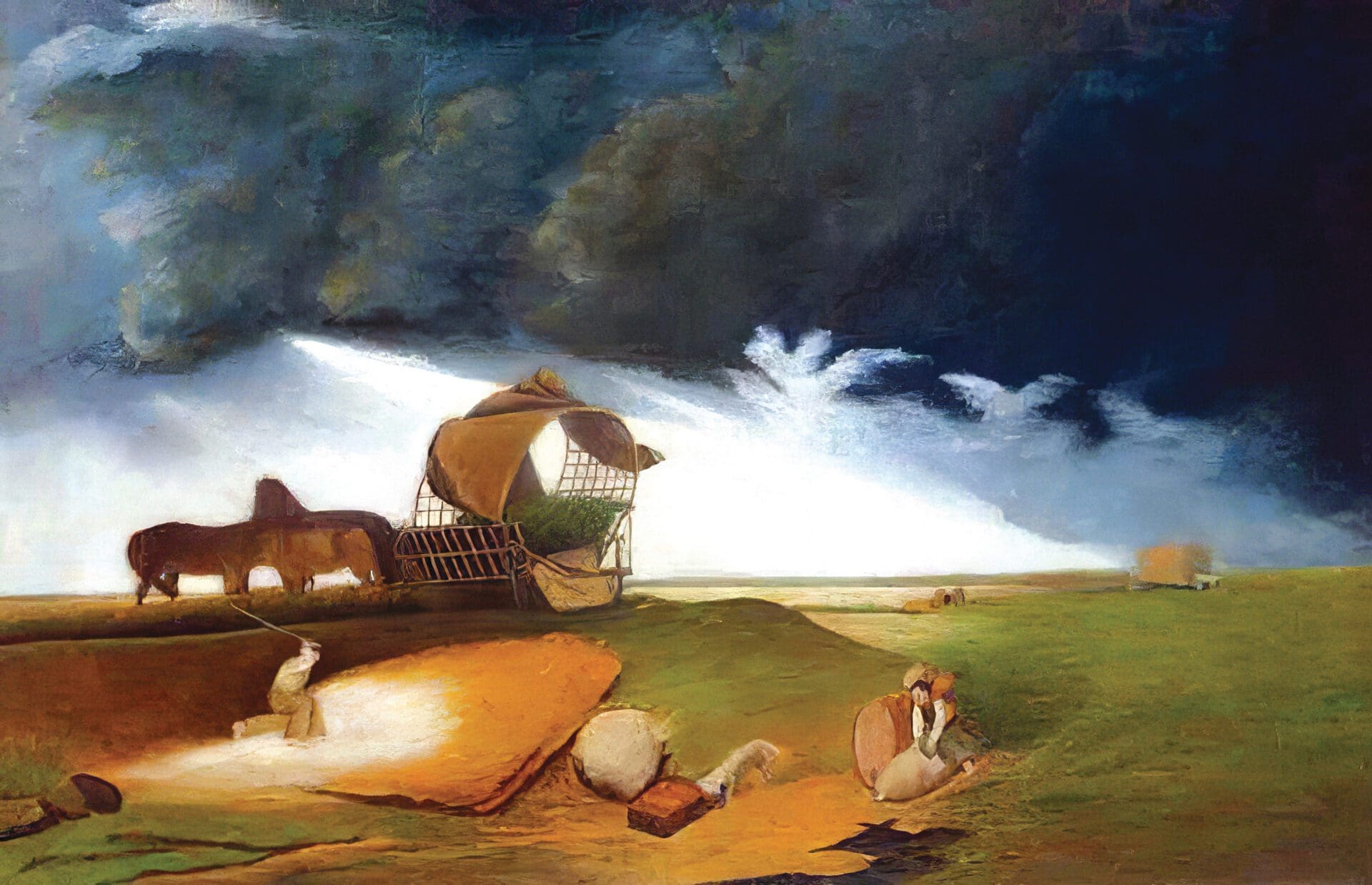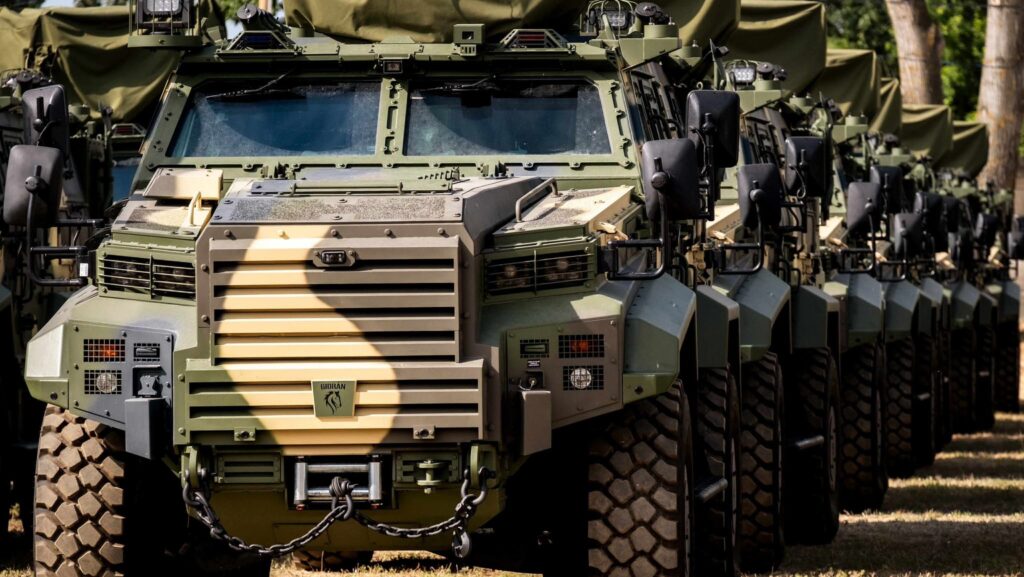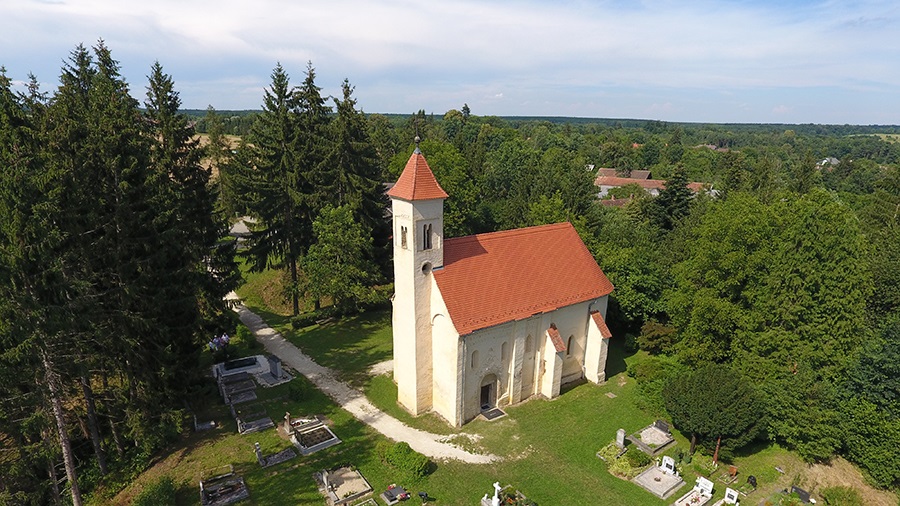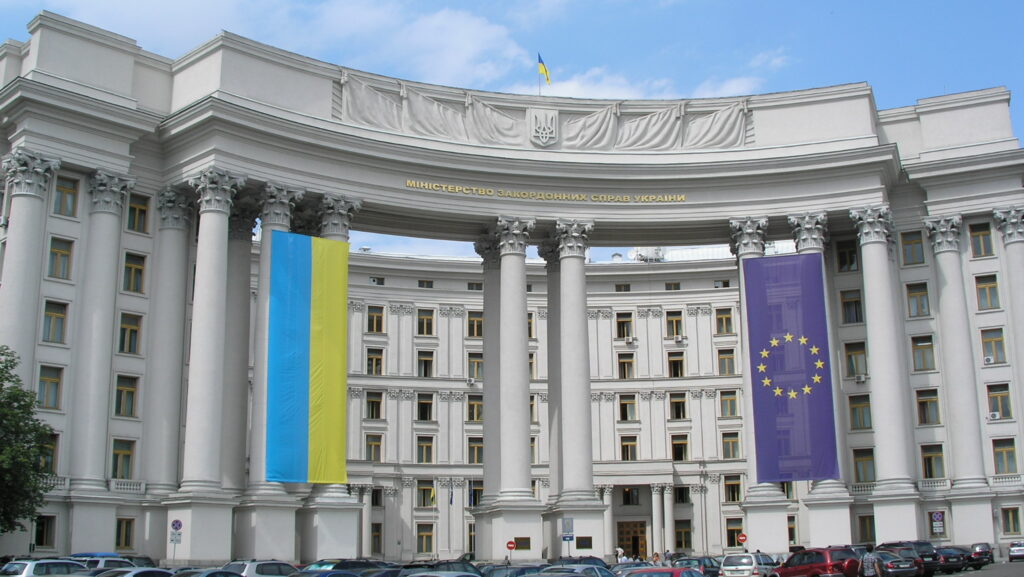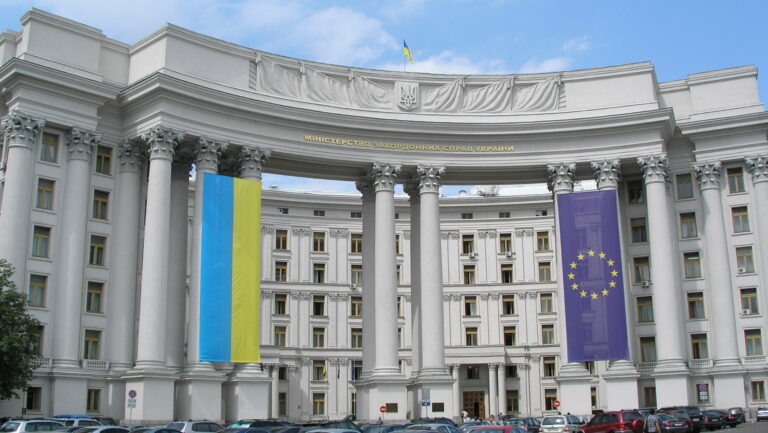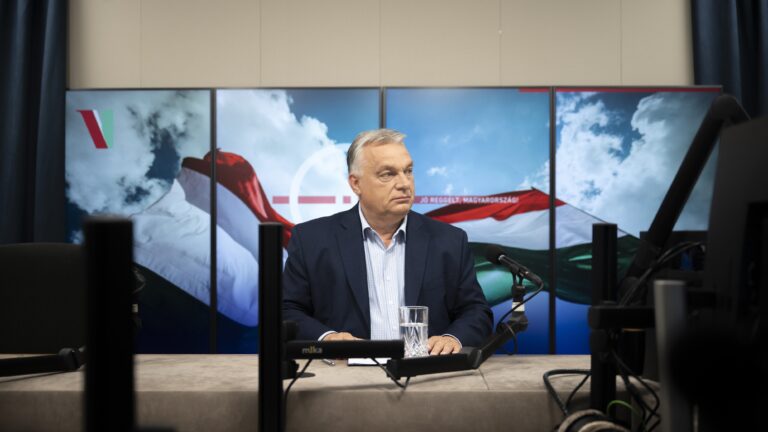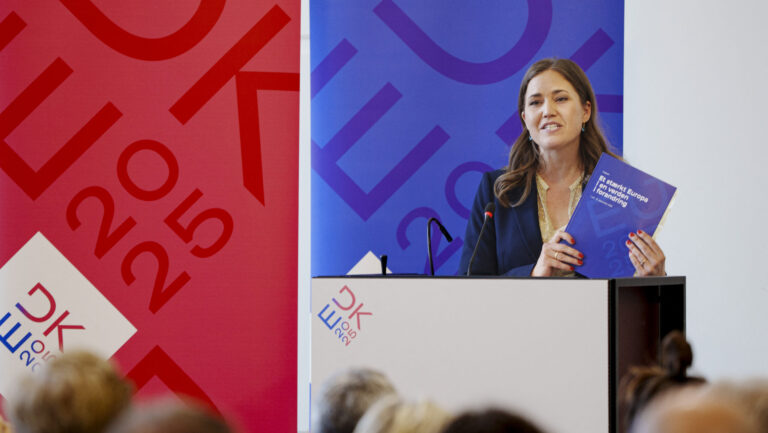Growing up in the Hungarian diaspora, I have naturally paid special attention to what was happening to Hungarians in other separated areas of the old Kingdom. To use the term diaspora is somewhat misleading, of course, since I do not refer to the people who emigrated to faraway lands in hope of a better future during the turbulent times of the twentieth century—I refer to the people who stayed where their ancestors had lived for a thousand years, but who saw the borders move past them a hundred years ago, forcefully stripping their communities from the motherland in 1920. Many fled to Hungary in the following decades, but even more stayed, learning to adapt to being treated as a minority and—in several cases—second-class citizens, while fighting their Sisyphean battle against the forces of assimilation. Then, the advent of the twenty-first century saw most of the region embark on the path to democracy and join the international structures which would, in theory, protect those without a loud enough voice everywhere.
‘The 2014 annexation of Crimea and the loss of Donbas to separatists fundamentally changed how Kyiv treated the minority question’
In many cases, the Hungarian communities have slowly started to feel the air getting warmer around them, although many problems still persist after well over thirty years. Belgrade, for instance, granted autonomy to the mixed region of Vojvodina, complete with collective language rights for the Hungarians there. Bucharest views such a move as a threat to Romania’s integrity, but its relationship with the local Hungarians is still rather peaceful, with slow but steady progress. Bratislava is less hospitable toward its Hungarian minority: the Slovak Parliament refuses to this day to annul the disgraceful Beneš Decrees (which, during the time of the Second World War, declared the Hungarians’ collective guilt for the war itself, stripping them of their legal status and ancestral property) and continues to prohibit applying for dual Hungarian citizenship, the symbolic birth right of every Hungarian in the Carpathian Basin. Nevertheless, we always knew that the group who had the hardest time of all were those living in Transcarpathia—present-day Ukraine—both in terms of hardships of legal recognition and at the level of everyday interactions.
A Troubled Past
I remember vividly when the headquarters of KMKSZ (Transcarpathian Hungarian Cultural Association), the main political representative body of the local Hungarian community, was attacked with Molotov cocktails in Ungvár (Uzhhorod) in February of 2018, reducing most of its offices to smoking rubble.1 After the incident, the worrisome situation of the Hungarians in Ukraine could no longer be denied. The attack was part of a long wave of atrocities targeted at Hungarians, and was sparked by the diplomatic dispute between Budapest and Kyiv that was heating up at that time. To understand why the Russian invasion of Ukraine has made life so much harder for the Hungarians living in the relatively safe western region of Transcarpathia, we need to turn back a few years, for only by looking at the events of the last five years can we even begin to present the whole picture.
The 2014 annexation of Crimea and the loss of Donbas to separatists fundamentally changed how Kyiv treated the minority question. With 17 per cent of Ukraine’s population being ethnic Russians (and twice as many speaking Russian as their mother tongue),2 Kyiv decided to adopt several frameworks that would promote the assimilation of its minorities. The primary instruments of this process were the Law on Education (2017) and the Law on Language (2019), which prohibited the use of all but the Ukrainian language in schools and the public sphere.3 These laws raised concerns not only in Moscow but throughout the international community, since they go against all existing minority protection norms of the West. Furthermore, even though the primary targets of these policies were the Russians of Ukraine, all the other indigenous minority groups (such as Poles, Romanians, Hungarians, and Tatars) were equally affected. Because of this injustice, the Hungarian government (supported by half a dozen countries and several organizations) launched a diplomatic offensive at every possible international forum to pressure Kyiv into withdrawing the laws, including using its veto powers to block Ukraine from beginning its lengthy accession process to NATO. In the end, the relentless effort of Budapest on behalf of its disenfranchised community bore no significant result over the years, and Kyiv even used the pretext of the dispute to strengthen its harmful, nationalist narrative.
As many feared, the disagreement at the level of high politics slowly trickled down into everyday life in Transcarpathia. Being presented by Kyiv with the picture of a hostile Budapest only stoked the pre-existing nationalist tendencies of some of the local Ukrainian population, driving them to abuse their Hungarian neighbours. One of the far- right extremist groups even established an online database, a ‘blacklist’ of the enemies of Ukraine, where they uploaded the names and addresses of Hungarians suspected of having dual citizenship—while Kyiv seemed not to care at all.4 In retrospect, the Ukrainian officials’ failure to enter into effective dialogue with Budapest over the minority issue, as well as their short-sighted choice to use the opportunity for political gains—regardless of the fact that it would only sow more animosity—was bound to exacerbate the problems dramatically. The attack on the KMKSZ headquarters was only the cherry on top.
Despite every effort, the feeling within the Hungarian community of Transcarpathia of having been left behind only grew. One can hardly blame them. When your most basic rights are taken away and your country treats you as the enemy, it is not easy to entertain the hope of a better future. Yet, they persisted. Until the war broke out.
An Uncertain Future
Transcarpathia is the westernmost oblast of Ukraine, and the only region separated from the rest of the country—laid out flat on the Great Eastern European Plains—by the towering Carpathian Mountains. In other words, it is as far from the ongoing military operations as it can be within Ukraine. Despite this, no week passes without the horrifying sound of air raid sirens or missile alarms disturbing the locals. That is because the alarm goes off every time suspicious aircraft are spotted even in neighbouring regions, sometimes hundreds of kilometres away. But to date, fortunately, only one Russian missile has landed in Transcarpathia, back in the early days of May, and even then, no casualties were reported.5 Because of the relative safety, locals have grown accustomed to sirens and many have deleted their compulsory warning apps: they would rather just carry on with their day than look for the nearest shelter. However, while Transcarpathia seems peaceful on the surface, the war drastically changed most of its people’s lives, and may have induced irreversible processes that could lead to the gradual disappearance of their entire community.
Since the beginning of the invasion, refugees from Ukraine have been pouring into neighbouring countries. According to the UN’s latest report, the number of Ukrainian citizens recorded across Europe surpassed 7.1 million, with at least as many estimated to have been displaced internally.6 Those who seek safer areas within Ukraine usually head for the western oblasts: Lviv, Ivano-Frankisvk, and Transcarpathia. Some say that every third person in Transcarpathia is now a refugee.7
Every town feels overcrowded, but the locals keep welcoming the newcomers. Most of the newly arrived Ukrainians are grateful for the hospitality, but certainly not everyone. Some of them did not even know that the country had an indigenous Hungarian population, and some do not like the fact that it does.
Because of the constant negative press Hungary had been receiving these past years from Kyiv—and continues to receive for its alleged Russophilia—the ethnic tensions between the local communities reached new highs, especially during the first weeks of the war. For many Ukrainians on the far right, Hungarians are once again seen as traitors and Russian collaborators, who scheme behind the scene to reclaim their lost lands. None of this is true, of course, but remember, fear is more powerful than any Iskander missile. The Kremlin is also aware of this, and makes sure to take advantage of it whenever it can, sowing seeds of discord between the communities. In fact, many suspect that it was Russians behind the more serious incidents and not Ukrainian extremists. But regardless of the truth, the result is all the same for the Hungarians: they have been pulled into someone else’s war, without even the chance to easily discern friend from foe.
How Transcarpathia Disappears
All of the factors outlined above are contributing to a massive exodus of Transcarpathian Hungarians, who flee the war and its consequences and mainly seek refuge in Hungary. This tendency is especially prevalent among the educated, younger generations, who no longer see a chance of their aspirations being fulfilled in war-torn Ukraine, and is most common of all among those who are on the way to receiving their degrees, entering their prospective job markets, and starting a family. With entirely disappearing sectors, growing unemployment rates, and an average monthly salary of 8,000 hryvnias ($220), remaining in Transcarpathia does not seem like the ideal option for ambitious young people.
Young men have been leaving Transcarpathia at even higher rates, since they are subject to military draft. Many Hungarians are fighting on the frontlines, but most feel that this is simply not their war. Those who do should not be blamed for it; why would anyone want to risk their lives for a country that has treated them as second-rate citizens for years, and perhaps even decades? Nonetheless, for this reason, men between the ages of 18 and 60 are banned from leaving the country, though many Transcarpathians were able to circumvent the prohibition by using their Hungarian passports at the border. But this in turn creates another problem, as the fear of being discovered as a dual citizen keeps a lot of the refugees from returning months later. Ukrainian authorities have caught up with the practice and they have started to check whether a person has both Ukrainian and Hungarian documents at the border, and in some cases, they tear the latter into shreds and serve them the draft right on the spot.8 Another factor that has been driving the emigration is that one can hardly find anyone in the Transcarpathian community who does not already have some kin living in Hungary, making resettlement much easier.
If we look at the numbers, Hungarians in Ukraine have never constituted a significant minority. In 2001, at the time of the last published census, the community numbered 157,000 individuals—in a country of 48 million.9 This figure is likely to have declined since then, especially during the last decade, due to Hungarian citizenship becoming widely accessible. The start of the civil war for Donbas launched a new wave of resettlement, further exacerbated by the general suspicion that Ukrainian authorities disproportionately drafted Hungarians and other minorities to serve as cannon fodder on the eastern front. However, nothing had such a devastating effect on the population numbers as the Russian invasion, as well as the economic hardships and recharged ethnic tensions it brought forth. By the beginning of the summer, the number of Hungarians in Transcarpathia had dropped from an estimated 100,000–120,000 prior to the war to fewer than 75,000.10
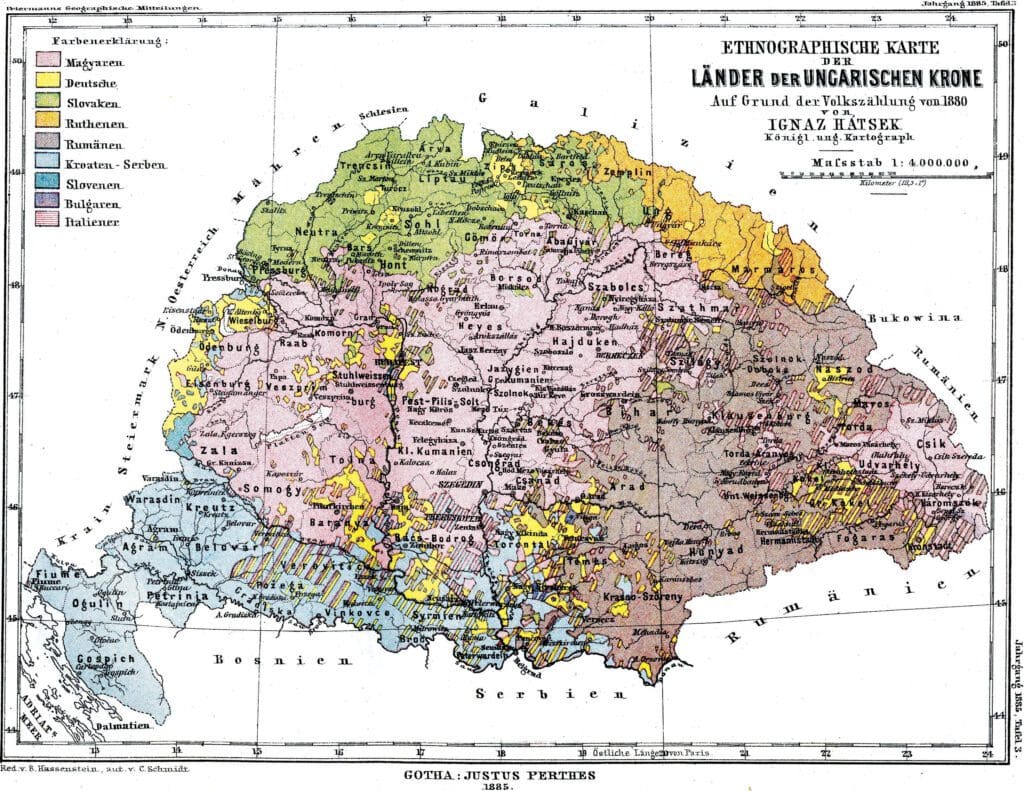
Is There a Chance of Recovery?
Nevertheless, the real question regarding the long-term survival of the community is not how many people left Transcarpathia, but how many will return. Official Ukrainian data suggests that at least 80 per cent of all refugees want to return eventually, and, in theory, a similar number can be estimated in the case of the Hungarians too.11 But the question is more complex than that. Ukrainian nationals who fled to Western Europe or elsewhere will always feel like aliens to a certain extent in their receiving countries, and starting anew without even speaking the local language must be very hard, especially after going through so many traumatic experiences. Hungarians enjoy a more fortunate situation, for they already possess Hungarian citizenship, speak the language, understand the culture, and can easily integrate. In a sense, in Hungary they can still feel at home. Strong intentions to return to Transcarpathia might be present in most of them, but depending on how long the war drags on, and how far they have gone in establishing their lives here, the chances of actually returning will drop exponentially.
Furthermore, it is not only the size of the Hungarian community that may be a concern for post-war Transcarpathia, but also its ethnic share of the total population. Before the war, Hungarians constituted 12–15 per cent of the population of Transcarpathia, and were the majority ethnic group in 78 localities. This could also change significantly because of the war, since not only are Hungarian refugees less likely to return to their homeland than their Ukrainian counterparts, but a sizeable portion of the internally displaced families, especially those who came from the occupied territories, will undoubtedly remain there. Fighting for their rights and political aspirations was never easy for the Hungarians, but as their number will make up less than 10 per cent of the population of the oblast, their efforts will inevitably be doomed to failure. This could mean further political side-lining and disenfranchisement of the whole community, creating newer waves of emigrants in an endless downward spiral.
Fortunately, there is an ally Transcarpathia can always count on: the Hungarian government. Apart from doing everything it can to help refugees find peace in Hungary—regardless of their ethnicity—Hungary also helps local communities on the other side of the border survive these terrible times. For instance, the government announced a two billion forint ($5 million) humanitarian aid package for Transcarpathia less than two weeks after the war broke out.12 The Hungarian government also distributed 13.5 tonnes of sowing seeds among Transcarpathian farmers,13 and enabled people to benefit from its previously existing Transcarpathian Social Support Package. Now enlarged to 2.36 billion forints (just shy of $6 million), the package aims to help Hungarian people who work in healthcare, education, social or cultural fields, as well as journalists and artists, while providing lunch to Hungarian schoolchildren.14 These are merely the essential programmes we can offer to help the community stay and live in their ancestral homeland.
For now, and despite all these relentless efforts to preserve the community, the future of Transcarpathia remains uncertain. As long as legal harassment, inter-ethnic conflicts, economic hardships and—on top of all that—war plague the Hungarians in Ukraine, their survival can only be assured by the heroic perseverance we have seen in them countless times before. We can only hope and pray that the war will end sooner rather than later, and that Ukraine—including Transcarpathia—can embark on a path of recovery. For the security and future of Hungarians also depend on the peace, sovereignty, and democratic freedom of Ukraine as a whole. Restoring these, therefore, is the first step toward reconciliation and cooperation at a political level between our countries, thus ensuring together that the Hungarian community with its millennium-old presence in Transcarpathia will not become another casualty of the changing times.
NOTES
1 Viktória Rehó, ‘Felgyújtották a KMKSZ székházát Ungváron’ (KMKSZ Headquarters Burned down in Uzhhorod), KMKSZ (27 February 2018), https://kmksz. com.ua/2018/02/27/felgyujtottak-kmksz-szekhazat- ungvaron, accessed 8 September 2022.
2 ‘All-Ukrainian Population Census 2001’, State Statistics Committee of Ukraine (5 December 2001), http://2001. ukrcensus.gov.ua/eng, accessed 8 September 2022.
3 Natalia Kudriavtseva, ‘Rollout of the 2019 Language Law: Grassroots Efforts Advance While Parliament Dithers’, Wilson Center (23 July 2021), www.wilsoncenter.org/blog-post/rollout-2019-language-law- grassroots-efforts-advance-while-parliament-dithers, accessed 8 September 2022.
4 József Ráti, ‘Egy ukrán weboldalra feltöltötték több magyar állampolgárságú kárpátaljai adatait’ (Private Information of Transcarpathian Hungarians with Dual Citizenship Uploaded to a Website), Index (22 September 2018), https://index.hu/kulfold/2018/09/22/ukrajna_kettos_allampolgarsag_magyarorszag_magyar, accessed 9 September 2022.
5 Orsolya Kuli, ‘Először érte légitámadás Kárpátalját’ (Transcarpathia Hit by Airstrike for the First Time), Index (3 May 2022), https://index.hu/kulfold/2022/05/03/ haboru-orosz-ukran-konfliktus-oroszorszag-ukrajna- karpatalja-legitamadas, accessed 9 September 2022.
6 ‘Ukraine Refugee Situation’, UNHCR (7 September 2022), https://data.unhcr.org/en/situations/ukraine, accessed 9 September 2022.
7 Zoltán Veczán, ‘Akik mentek és akik maradtak— így élnek most a kárpátaljai magyarok a háború árnyékában’ (Those Who Left and Those Who Stayed—How Hungarians in Transcarpathia Are Living in the Shadow of War), Mandiner (27 June 2022), https://mandiner.hu/cikk/20220608_kulhon_menekultek_karpatalja, accessed 9 September 2022.
8 Dávid László, ‘Kárpátalján a magyarság túlélése a tét’ (The Survival of the Hungarians at Stake in Transcarpathia), Magyar Nemzet (30 April 2022), https://magyarnemzet.hu/kulfold/2022/04/karpataljan-a-magyarsag-tulelese-a-tet, accessed 9 September 2022.
9 ‘All-Ukrainian Population Census 2001’.
10 Ronald Majláth, ‘Könnyen előfordulhat, hogy a kárpátaljai magyarság aránya vidéken még nőni is fog’ (The Share of Transcarpathian Hungarians Could Even Grow in Rural Areas), Magyar Hang (28 May 2022), https://hang.hu/magyar-hang-plusz/karpatalja-van-aki-mar-hazatert-magyarsag-141232, accessed 9 September 2022.
11 Veczán, ‘Akik mentek és akik maradtak’.
12 ‘A kormány mindent megtesz a magyarok védelme érdekében’ (The Government Does Everything for the Protection of Hungarians), Magyar Kormány (8 March 2022), https://kormany.hu/hirek/a-kormany-mindent-megtesz-a-magyarok-vedelme-erdekeben, accessed 9 September 2022.
13 ‘Húszmillió forint értékű kukorica és napraforgó vetőmagot, valamint burgonya vetőgumót adományoz az Agrárminisztérium…’ (Twenty Million Forint Worth of Corn, Sunflower and Potato Sowing-seeds Are Distributed by the Agricultural Ministry …), Hungarian Government (11 April 2022), https:// kormany.hu/hirek/vetomaggal-segiti-a-karpataljai- gazdakat-az-agrarminiszterium, accessed 9 September 2022.
14 ‘Újabb támogatás a kárpátaljai magyarságnak, szociális támogatást nyújt a kormány’ (Government to Support Transcarpathia with Social Aid Once More), BGA (15 June 2022), https://bgazrt.hu/ujabb-tamogatas-a-karpataljai-magyarsagnak-szocialis-tamogatast-nyujt- a-kormany/, accessed 9 September 2022.

